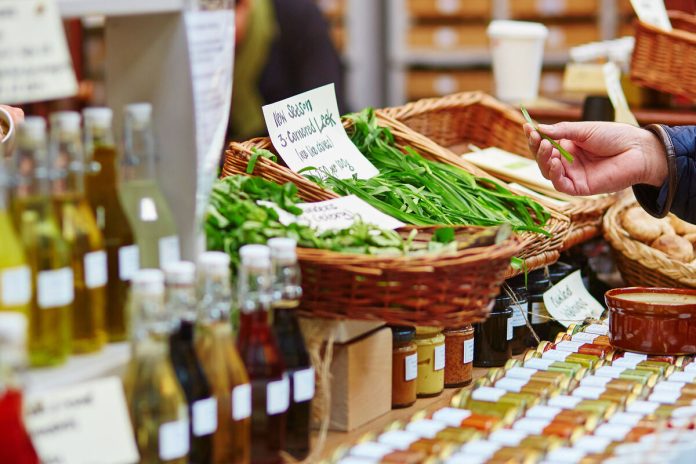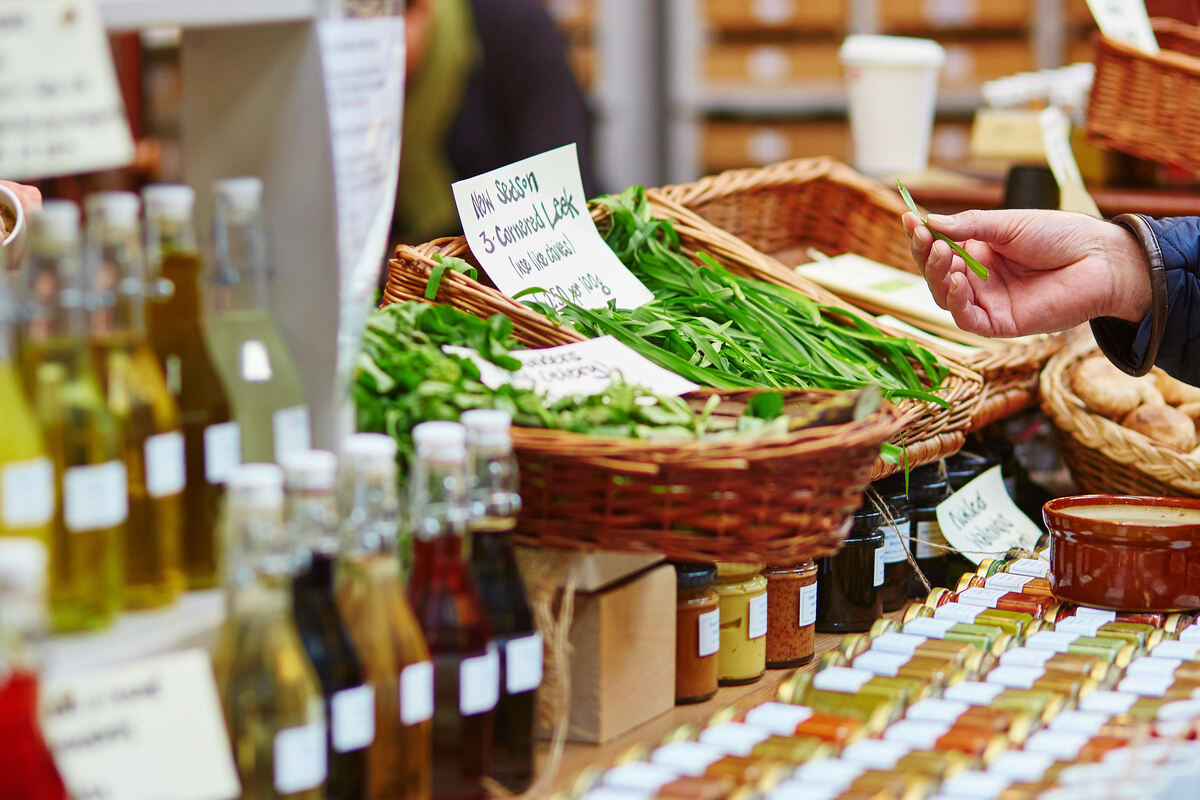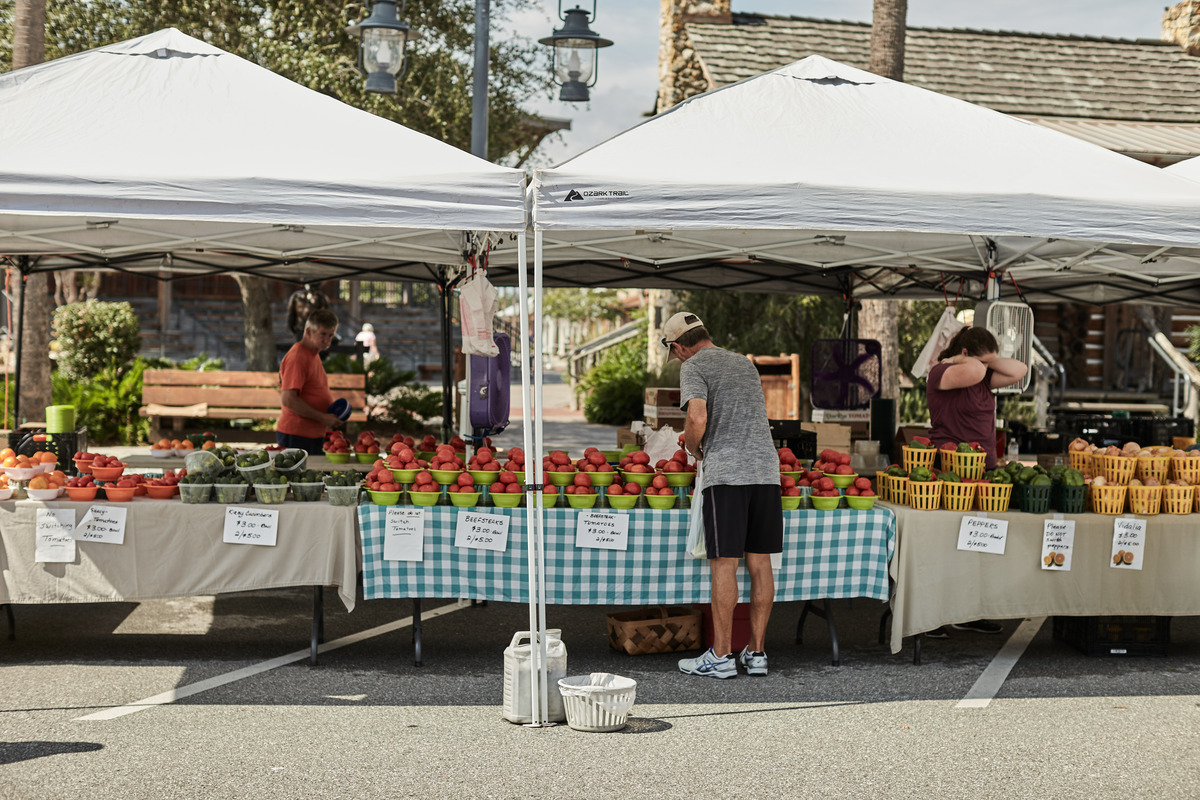Eating fresh and sourcing food locally has never been more critical. As climate change and ongoing supply chain issues reshape the global food system, relying on items from faraway sources has become less sustainable.
By choosing local, you get fresher, nutrient-rich produce without preservatives and support eco-friendly farming practices that reduce environmental impact. Plus, buying from regional farmers strengthens your community, boosts the economy and ensures more control over your food supply. It’s a win for your health, the planet and the people around you.
Health Benefits of Fresh, Locally Sourced Food
Fresh foods naturally pack more nutrients compared to processed or long-stored items. Frozen meals or boxed products often contain fewer healthy ingredients and rely on added sugars, unhealthy fats and preservatives to maintain flavor and shelf life. In contrast, locally sourced items are generally free from chemical preservatives and artificial additives.
Eating seasonal produce has its benefits, too — fruits and vegetables picked at their peak taste better. They are also more nutrient-dense because they haven’t lost valuable vitamins and minerals during extended storage or transportation. Seasonal eating also helps you enjoy various flavors throughout the year. This keeps your meals exciting and nutritionally balanced.
Environmental Impact of Local Food Sourcing

Choosing local food is one of the simplest ways to reduce environmental impact. Avoiding items that travel long distances cuts down on fuel use and greenhouse gas emissions. Global food miles make up nearly 20% of total food systems emissions. Buying local helps keep those numbers down and makes a real difference in the fight against climate change.
Local food also tends to come from smaller farms that prioritize sustainable practices. These farmers often use eco-friendly methods like crop rotation, organic fertilizers and less reliance on harmful chemicals. Supporting neighborhood farms provides you with fresh, healthy produce and encourages better agricultural practices for the planet.
Another perk of local food is its efficiency. Because it doesn’t have to travel across the country or even the globe, there’s less risk of spoilage during transport. This means more products you buy are fresh and ready to eat, reducing waste. Local food systems are designed to be more efficient, getting items from farm to table faster with less energy use along the way.
Strengthening Local Economies and Communities
Buying local provides more than just fresh food — it helps support small businesses and keeps money circulating within your community. Purchasing from neighborhood farmers or markets directly contributes to the livelihoods of your neighbors. In fact, in the U.S. are part of over 2,100 co-ops, showing how essential local agriculture is to the economy.
Local markets and farm-to-table initiatives also foster a stronger sense of community. Connecting directly with producers builds relationships and trust while learning more about where your food comes from. These interactions strengthen the bond between consumers and farmers to create a more resilient and supportive economy.
Supporting local food systems also makes communities less dependent on global supply chains, which can be vulnerable to disruptions. Relying on neighborhood farms ensures a more stable, secure source that is less affected by external factors like transportation delays or international shortages. This creates a more self-sufficient community that can better withstand challenges.
How to Source Locally and Eat Fresh

Sourcing locally and eating fresh benefits your health, supports the economy and reduces environmental impact. Whether shopping at a farmers market or growing your own produce, shifting to local food can be easier. Here are some simple tips to help you source fresh ingredients and enjoy seasonal, sustainable meals.
- Visit local farmers markets: Explore your nearest market to find fresh produce, meats and dairy from nearby farms.
- Join a community-supported agriculture (CSA) program: Subscribe to receive seasonal fruits and vegetables directly from a neighborhood farm.
- Grow your own produce: If space allows, start a small garden at home to enjoy homegrown herbs, veggies and fruits.
- Shop at co-ops or local grocers: Many community-focused stores prioritize stocking local products.
- Eat seasonally: Learn which foods are in season and plan your meals around what’s available.
- Talk to farmers: Build relationships with farmers to learn more about their growing practices and when their produce will be freshest.
- Support farm-to-table restaurants: Dine at establishments sourcing ingredients from local farms to enjoy fresh, seasonal meals while supporting neighborhood businesses.
Ethical Considerations in Local Sourcing
When you choose locally sourced food, you make a healthier choice for yourself and support fair labor practices and ethical farming. Neighborhood farms tend to be more transparent about growing and harvesting their food. This gives you greater confidence in the quality and ethics behind what you eat.
Unlike large-scale operations, where wages, salaries and contract labor costs make up only 10% of production expenses, local farms are often more committed to the fair treatment of their workers.
Moreover, buying from neighborhood farms lets you see how your food is produced. You can ask farmers directly about their growing practices, labor standards and sustainability efforts, which fosters a sense of trust in the products you put on your table. This direct connection empowers you to make more informed and ethical choices in your diet, knowing you support businesses that value people and the planet.
Simple Changes for a Healthier and Stronger Community
Making small changes to your food choices can significantly improve your health, the environment and your local economy. Whether buying from a local farmer or eating more seasonally, every decision you make helps build a more sustainable future. Start exploring options in your area today and take a step toward becoming more involved in creating a healthier, more resilient food system.










